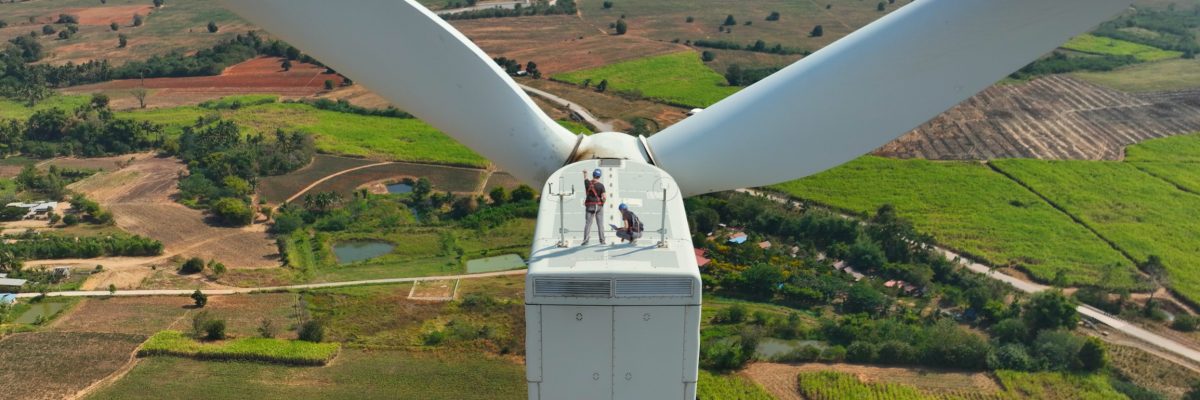Climate change is accelerating economic and market disruptions by impacting supply chains and infrastructure, driving up food and energy prices, straining healthcare systems, and putting homes at risk from extreme weather. Investing in cleantech that supports adaptation, mitigation, innovation and resilience is an opportunity to achieve above market long term investment returns in one of the fastest growing segments of the global economy, especially as the cost of inaction compounds.
For investors and capital providers, climate change poses systemic and portfolio-wide risks. Insurance companies are waking up to the hard truth that many of today’s assets are more exposed to climate risk than they appear to be. Many assets are considered by investors as less risky because they are insurable, but climate-driven disasters are driving record-breaking losses: the U.S. alone is already experiencing nearly $1 trillion in climate damages every year, while Canada could see $35 billion in real GDP losses by 2030. Insurers are responding by raising premiums, reducing coverage, pulling out of high-risk areas altogether, and integrating climate risks into their investment strategies, favouring renewable energy and sustainable infrastructure.
These signals from the insurance sector are not isolated—they reflect a wider recalibration across the global economy. Despite what’s happening in the U.S., climate risks are becoming harder for investors to ignore, and capital is starting to flow away from high-risk, high-carbon assets and toward scalable solutions that support resilience and decarbonization. For the first time ever, global investments in cleantech are outpacing investments in fossil fuels.
Carbon-intensive industries are losing value and facing more regulation, boosting investment in clean energy and climate-friendly infrastructure. Solar and wind are now cheaper than coal, oil, and gas for new power projects—and costs keep falling. Electric vehicles cost less over their lifetime than gas cars, and in Canada, prefab mass timber housing is gaining popularity as a greener, cheaper, and faster alternative to concrete and steel.
Investors can look to cleantech to achieve strong market returns, reduced risk, significant future upside and also enjoy many co-benefits spanning environmental sustainability, public health, and economic resilience. Long-term investments can help stabilize power grids, reduce dependence on volatile fossil imports, and create jobs in manufacturing, installation, maintenance, and research, contributing to economic growth and workforce development. Reduced pollution from cleantech directly translates to improved air and water quality, leading to better respiratory health and overall well-being. This is also good for the Canadian economy by positioning Canada to be a leader in cleantech supply chains, manufacturing, and workforce development, creating more investable opportunities and at a macro level reducing investment risk.
While AI has drawn venture investment away from many sectors, including cleantech, it’s also a long-term opportunity for climate solutions. Leveraging AI to optimize grid management for renewables, increase the load factor of solar and wind, and accelerate transportation and agricultural innovations could drive significant carbon reduction while offering strong investment potential. Smart investors will look for the intersection of cleantech and AI investing to take advantage of the benefits of both of these opportunities to achieve even greater returns.
With the global energy system undergoing a multi-trillion-dollar transition, cleantech is no longer a niche play but a significant investing opportunity which also hedges against transition risk: early and patient investors can secure equity in the core technologies that will be fundamental to the low-carbon economies of the future. Given the potential for superior returns, now is the time to invest.

